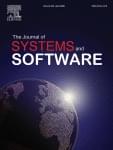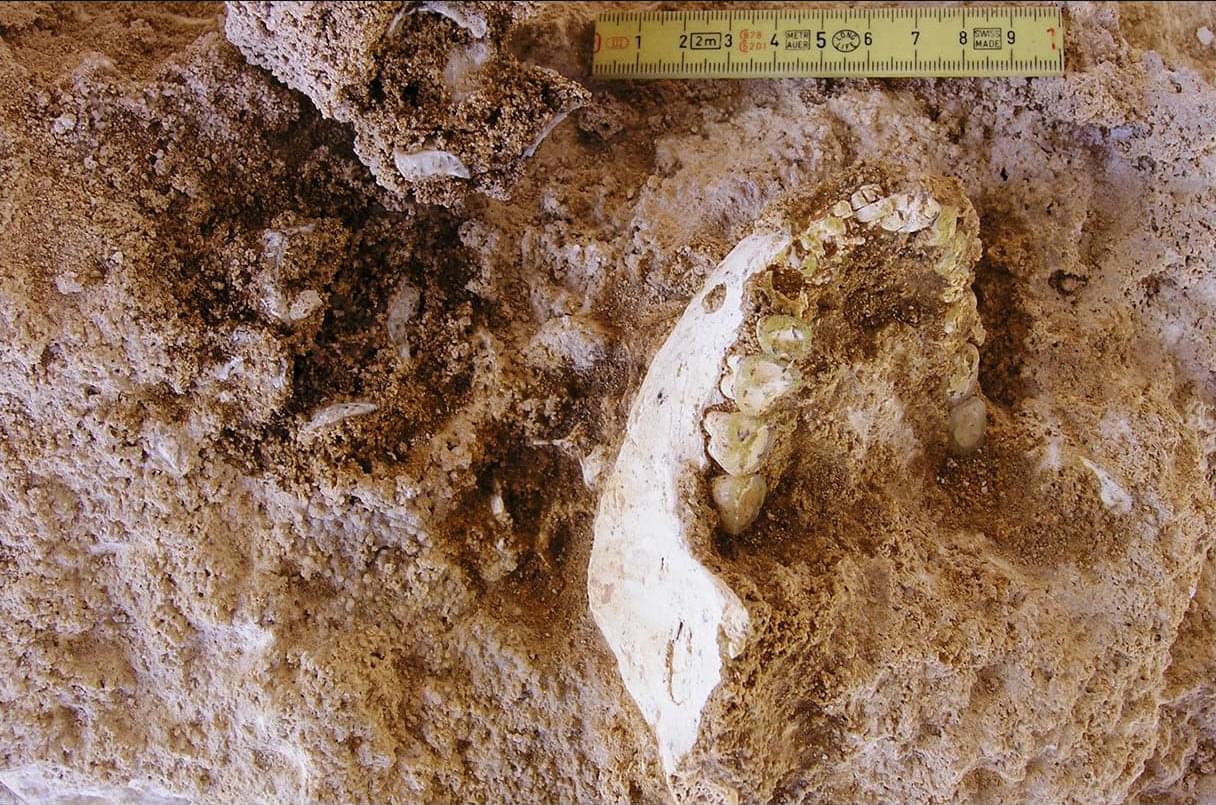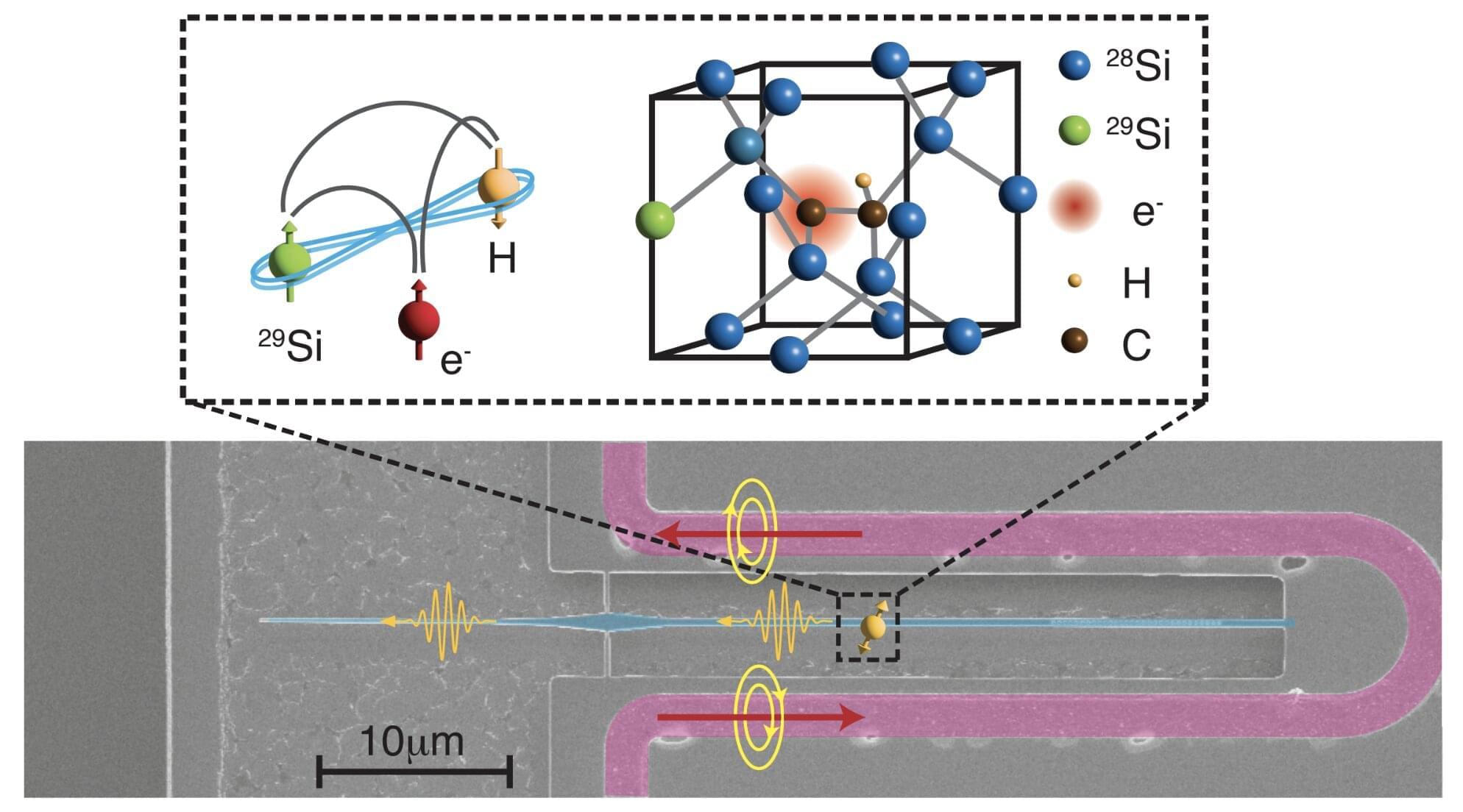Researchers have shown that consumer-grade 3D printers and low-cost materials can be used to produce multi-element optical components that enable super-resolution imaging, with each lens costing less than $1 to produce. The new fabrication approach is poised to broaden access to fully customizable optical parts and could enable completely new types of imaging tools.
“We created optical parts that enable imaging of life’s smallest building blocks at a remarkable level of detail,” said lead author Jay Christopher from the University of Strathclyde in the UK. “This approach opens the possibility for customized imaging systems and unlocks imaging scenarios that are traditionally either impossible or need costly glass manufacturing services.”
In the journal Biomedical Optics Express, the researchers describe their lens design and manufacturing processes, which combine 3D printing, silicone molding and a UV curable clear resin. They used lenslets fabricated with their technique to create a multifocal structured illumination microscope that imaged microtubules in a cell’s cytoskeleton with a resolution of around 150 nm.









